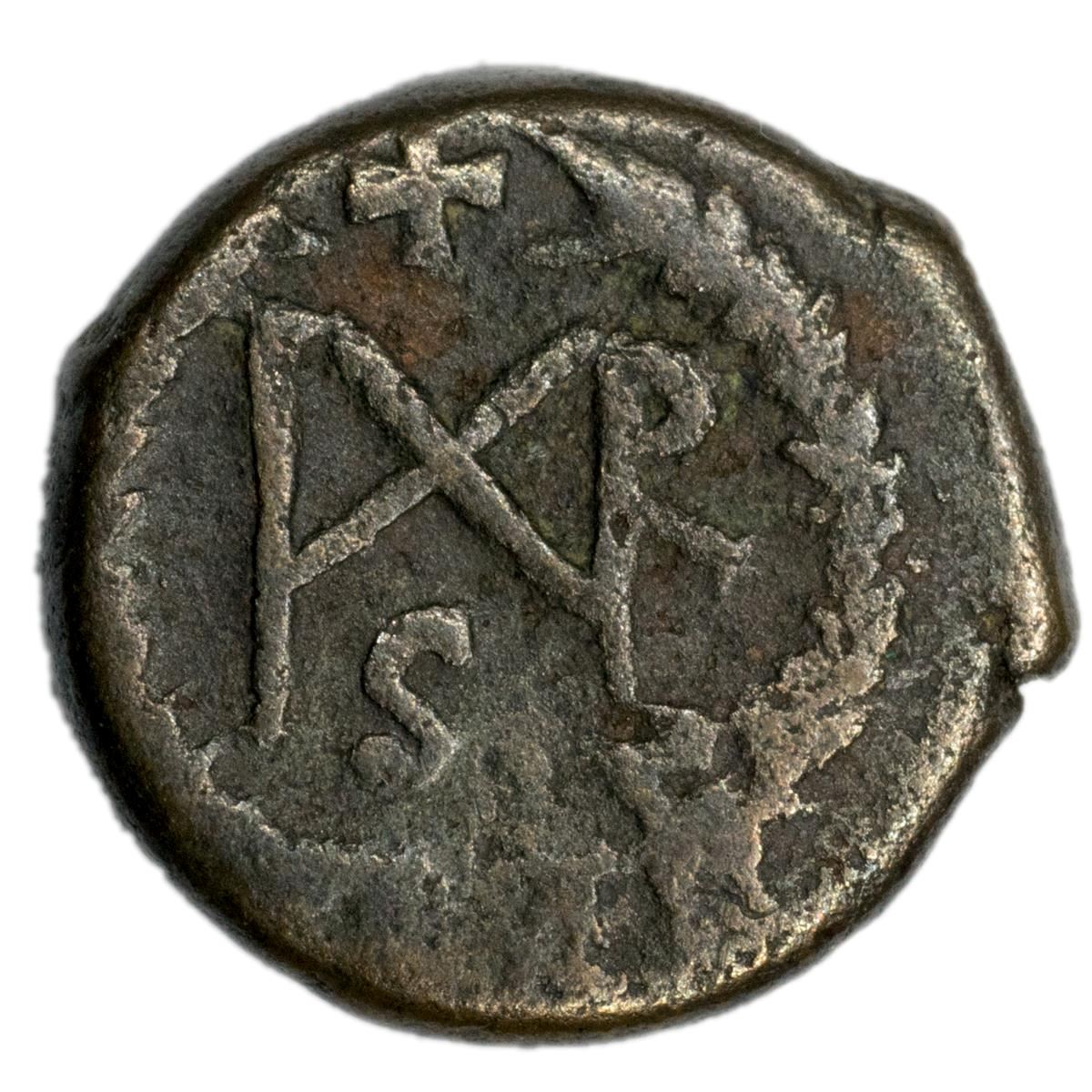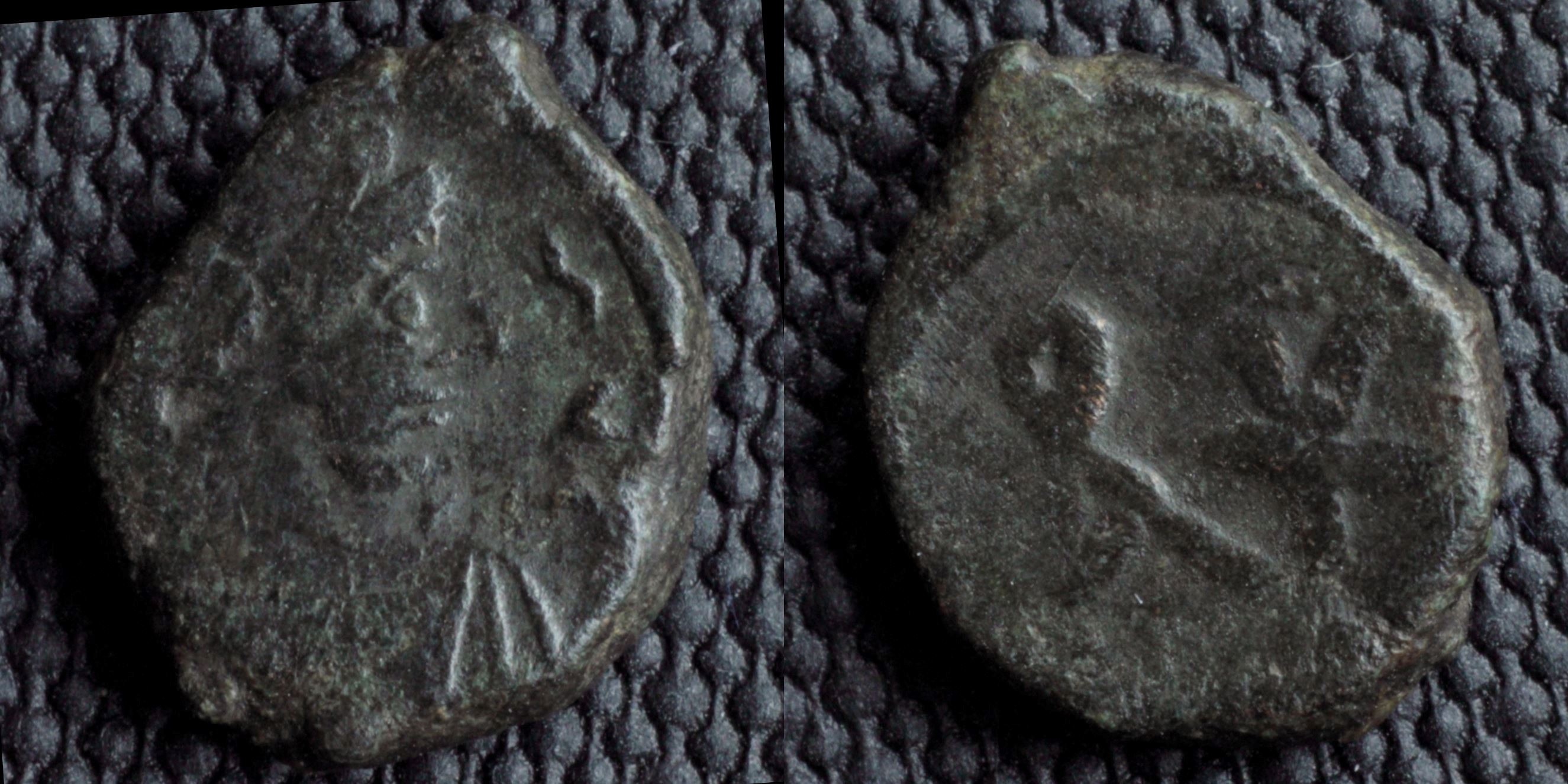The nummus was a diminutive denomination introduced around 379 AD. It measured less than 17 mm, and weighed around 1 gram. The name nummus is almost certainly a misattribution, as recent evidence suggests that what we call a 'follis' was actually referred to as a 'nummus'.
As the disastrous 5th Century progressed, the "nummus" was to become the only bronze denomination in circulation.
By this time, the quality of Roman coinage has declined so much that official issues are frequently indistinguishable from the imitations produced by the hordes of barbarians which now occupied most of the empire.
Sic transit gloria mundi.
As the disastrous 5th Century progressed, the "nummus" was to become the only bronze denomination in circulation.
By this time, the quality of Roman coinage has declined so much that official issues are frequently indistinguishable from the imitations produced by the hordes of barbarians which now occupied most of the empire.
Sic transit gloria mundi.

(1)
Anastasius I

An
AE
Nummus
struck 491-498 AD
in
Constantinopolis
Obverse: draped, diademed bust right; (illegible letters)
Reverse: Monogram of Anastasius
Diameter:
9.5 mm
Die Orientation: -
Weight: 1.06 g
Die Orientation: -
Weight: 1.06 g
No notes for this coin
BMC 32:128, Wroth 26
